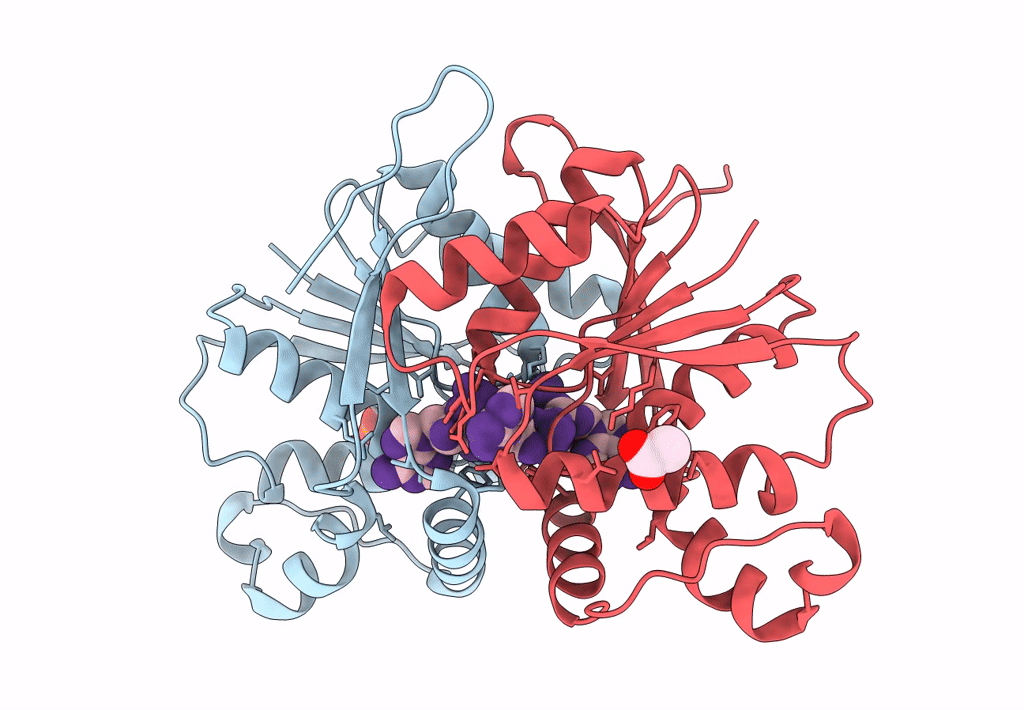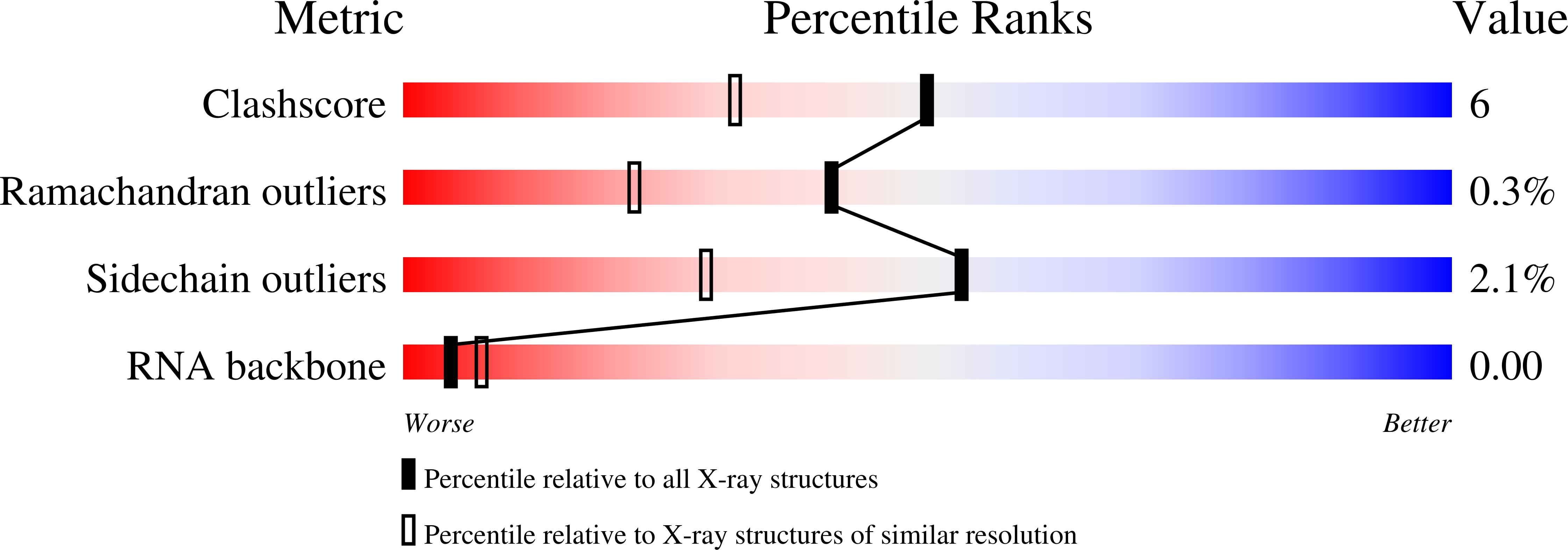
Deposition Date
2022-03-08
Release Date
2022-11-23
Last Version Date
2024-11-20
Entry Detail
PDB ID:
7Z55
Keywords:
Title:
Crystal Structure of the Ring Nuclease 0455 from Sulfolobus islandicus (Sis0455) in complex with its substrate
Biological Source:
Source Organism:
Sulfolobus islandicus REY15A (Taxon ID: 930945)
synthetic construct (Taxon ID: 32630)
synthetic construct (Taxon ID: 32630)
Host Organism:
Method Details:
Experimental Method:
Resolution:
1.66 Å
R-Value Free:
0.25
R-Value Work:
0.20
Space Group:
P 21 21 21


